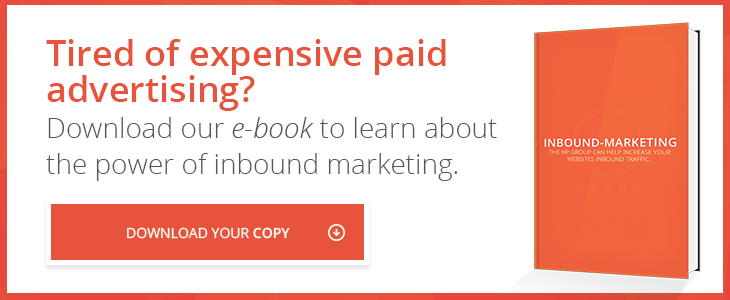The realm of B2B content marketing has changed a lot over the past few years—perhaps unsurprisingly so. We’ll refrain from using the phrase “back in the day,” but it’s worth noting that there used to be a much more buttoned-down approach to marketing to other companies. Now, that approach has become much more personal.
The reason those in the B2B industry stayed so formal for so long was possibly due to the “professional” nature of the business. Just because certain products or services are made for and offered to businesses only, there was a perception that being overly straight-forward in terms of tone and strategy was the safest option.
Obviously, this belief is starting to change as the overall approach to marketing becomes more personal and, in a lot of ways, more casual. B2B marketers now recognize that although their own company’s products and services are used in a business context, there are still human beings that will be utilizing them, or at the very least shopping around for them. Their needs and pain points must be addressed just as much as they would be in a B2C setting.
Using more personalized tactics, you can differentiate your company from your competitors. Your buyers can make better buying decisions when you use more visual content on your website, and they’ll have a much more pleasant time doing it. In part, you should go by what works for others in B2B—combining educational information with a certain amount of entertainment value often yields the best content balance.
Let's take a look at what statistics say and the types of visual content you can use to demonstrate your products or services to prospective buyers.
Everyone Still Loves Infographics
Recent evidence shows infographics continue to work the best in visual marketing. While some aren't fans of this content, experts say they're necessary based on the response from buyers. In the last couple of years, 62% of B2B marketers have used infographics and the best-designed ones can end up bringing better placement on search engines.
Does your product save businesses an insane amount of time on grueling but necessary tasks? Are your services proven to increase monthly revenue for your clients? Content such as case studies or the ROI statistics of your existing customers can easily be turned into an infographic to showcase not only images of your products, but also stats about how your products/services perform in the real world, and how they stack up against the other options out there.
The best infographics also take you through a story, which is already a strong strategy in all aspects of content marketing. These are almost like a children's picture book that's all on one page and intended for educated adults. Keep this description in mind when working with your design team to create this type of content.
The Continuing Power Of Videos
You can find numerous examples online of B2B video marketing at the peak of its perfection. The B2B industry didn't get around to using more video marketing until the last few years; now most B2B videos are full of personality and even humor. It's the latter that's been lacking considerably in all B2B marketing out of thought that buyers wouldn't respond.
All human beings respond to humor, so creating funny videos should never be discounted as long as it’s not outrageously out of character for your company. The important thing is to use videos for both introductions and as a means of touching on the pain points of your buyers.
Personalizing your marketing can hit bigger strides when you create visual proof of how you solve problems. Demonstrating that you understand the buyer's problems is just as essential, and a video can prove it. You can bring this proof through a real story, or one re-enacted and based on something true.
Using SlideShare Presentations
SlideShare is a perfect tool for B2B content marketing because it's simple and lets the viewer focus on one image at a time. It’s basically like giving a presentation without having to be in the room. All experts say you need to have a long-term vision with a slideshow that conveys a message without extraneous explanation.
In that regard, you have to make each image count and have each one become a part of your narrative on what your full mission statement is and the benefits of your products or services. You can do this by showcasing individual products in each slide, or by telling a story about the ever-present pain points and how you can solve them for a business.
I’m sure we could make some joke about this point about the whole “corporations are people” thing, but all kidding aside, businesses aren’t all that different from people because…well, they’re run by actual people. So why not market to them as you would a B2C audience, at least in terms of pleasing the eyes as much as the brain? By leveraging visual elements like those listed above, you can not only humanize your own company’s online presence, but tell a valuable story with which potential B2B customers can truly relate.



